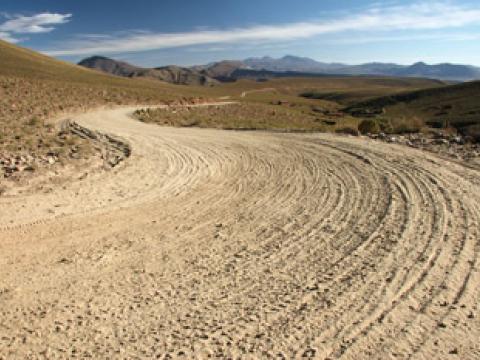Imazon: Brazilian parks near big infrastructure are more deforested
That doesn't really seem like news. We've known for a long time, intuitively and then empirically, that deforestation happens in places with easier access. Roads in the Amazon and other remote regions have been the most important vectors of deforestation. Farming in places where you can get supplies in and produce out cheaply is economically attractive.
But a new Imazon study brings the generic fact into sharp, quantitative focus, showing how much nature is lost when a road or dam is sited in a natural area. Imazon researchers also tease out of the data evidence that it really does make a difference when officials invest in parks; with staff, management plans and gear, parks work much better to slow deforestation. The study's authors also call attention to the possibly contagious affect of reducing the size of protected areas to pave the way for infrastructure projects, as has been done in the Tapajós basin of late. At least one national forest is under pressure to shrink its boundaries to enable permanent settlements.
Protected areas (including indigenous territories) and infrastructure, planned together, are the best hope of accomplishing sustainable development. Staffed and equipped, protected areas can direct development to the places where it's intended, while infrastructure that's carefully controlled can bring people into contact with nature and spur businesses that depend on its products, as well as making farming profitable.
- Log in to post comments


